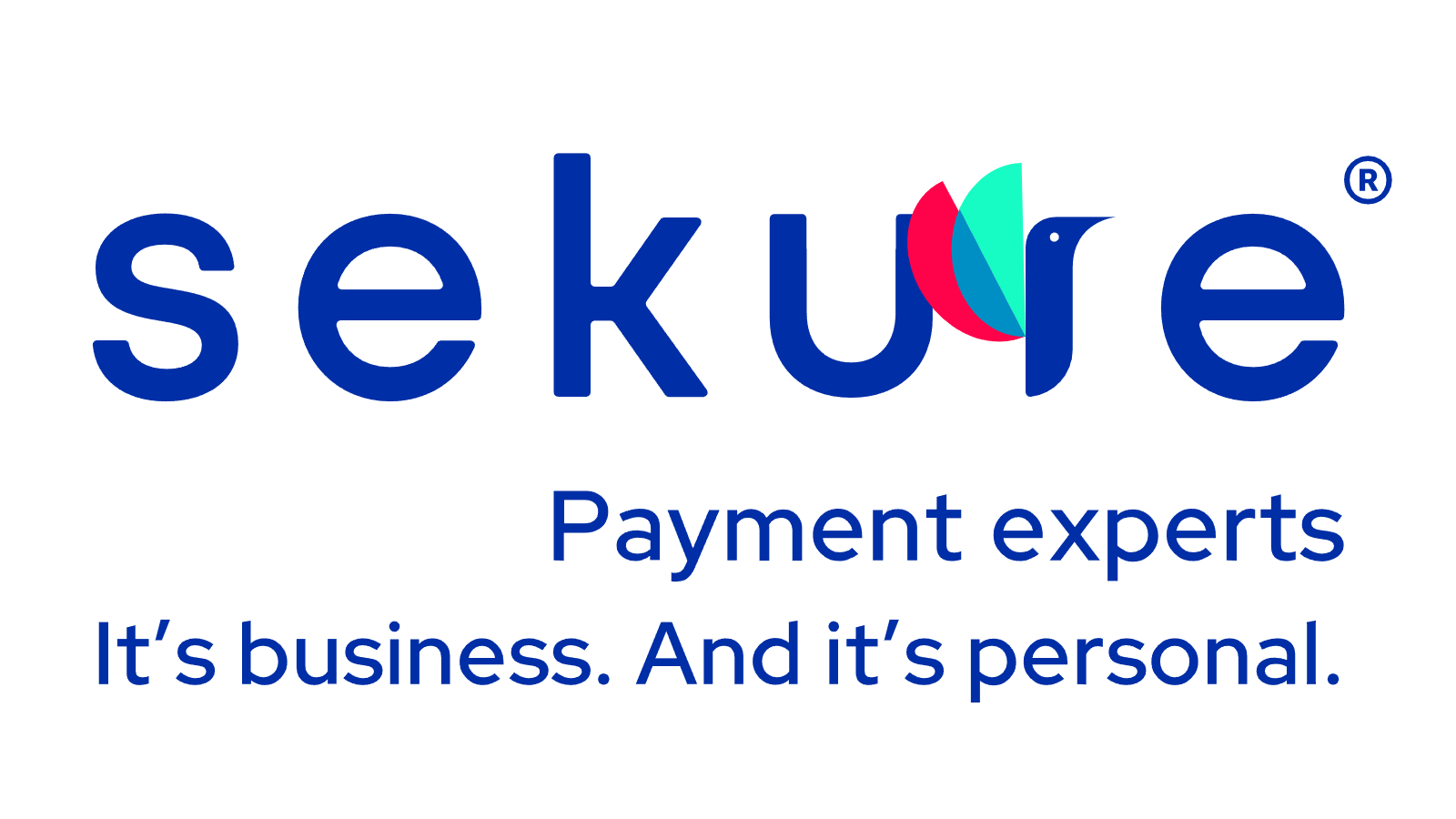Merchant category codes: What are they? Merchant category codes (MCCs) are four-digit numbers that classify a business's goods or services, as well as its area of business. MCCs are set by the International Organization for Standardization.
Upon registering with a payment processor, businesses are asked for details about the types of goods or services they sell. The merchant bank then assigns a code based on that information, which comes into effect as soon as you start processing credit cards.
MCCs are important to businesses for another reason: they help prevent chargebacks because they serve as a tag on people's payment card bills. For example, if a customer is poring over their credit card statement and doesn't recognize your business's name but sees a "restaurant" classification next to it, they may remember the charge and avoid seeking a refund. However, if the name and category code look unfamiliar, someone might request a chargeback because they believe the charge is fraudulent.
The IRS publishes a complete list of merchant category codes on its website, but each card network also has its own list. In other words, a merchant may have a different code with Visa than with Mastercard or American Express.
Merchant category codes were created in 2004 to streamline 1099 reporting, and today they serve several purposes. One is merchant category code interchange fees that are charged by issuing banks. As CardFellow notes, “Businesses with certain merchant category codes may qualify for interchange rates that often lead to lower than typical credit card processing charges.”
A merchant in a higher risk industry like telecom services, for example, will pay more per transaction than a clothing boutique. Likewise, a business classified as 5411 “Grocery Stores, Supermarkets,” or 8211 “Elementary and Secondary Schools,” will qualify for lower rates than your typical interchange classification. Nonprofit organizations, health care, education, and B2B businesses generally enjoy lower interchange rates than other types of businesses.
Ben Dwyer of CardFellow puts it this way: “It's important to note that most merchant category codes will not qualify a business for lower interchange rates. [S]ome merchant category codes qualify a business for industry-specific interchange rates that are different than typical rates, but not necessarily lower.”
How to Change Your Merchant Category Code
The best way to avoid being classified incorrectly: ensure your provider gets it right the first time. If it didn't, then you'll need to change your merchant category code. This process involves contacting your credit card company to explain why your existing code doesn't apply. The card company may require additional information and will advise you on how to challenge your original code.
If you've been assigned a high-risk code that you think has been done so erroneously, do your best to get it changed. High-risk codes are attributed to categories of businesses that tend to experience high volumes of chargebacks and extensive fraud.
Although changing merchant category codes is challenging, it's worth the effort if you feel your business has been given the wrong classification. You could save money in the long run.
If you have trouble changing your code, look for a specialized merchant processor to help. Sekure's customer support team are ETA CPP certified payment processing experts and can answer all your questions about merchant category codes. Contact us today.
Categories

